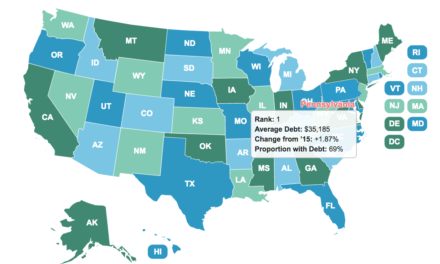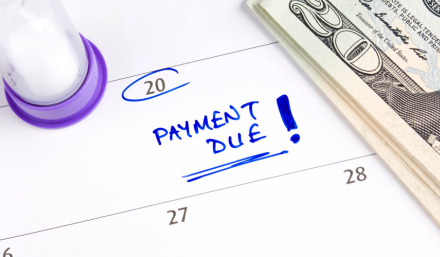Here are a few of the questions NSDFC has been fielding from borrowers.
I’m enrolled in the SAVE Plan and have already received a bill. Should I pay it?
Borrowers already enrolled in the SAVE Plan who have received a bill for August are being put into an interest-free forbearance, during which time payment is not required. Any payments made will be applied to future bills due after the forbearance ends.
I’m enrolled in the SAVE Plan, but I haven’t gotten a bill. What should I do?
Borrowers enrolled in the SAVE Plan who have not yet received a bill for August will also be put in forbearance and therefore will not receive a bill.
Are there other steps I need to take right now for the SAVE Plan?
Make sure your contact information is up to date on studentaid.gov and with your student loan servicer. This will help ensure you get any necessary updates. You can also check the ED’s SAVE Plan Court Actions: Impact on Borrowers page for updates.
A comparison of the two plans
Payment Terms |
Forgiveness Time |
|
|
Payment Terms |
Forgiveness Time |
|
|






Select Page